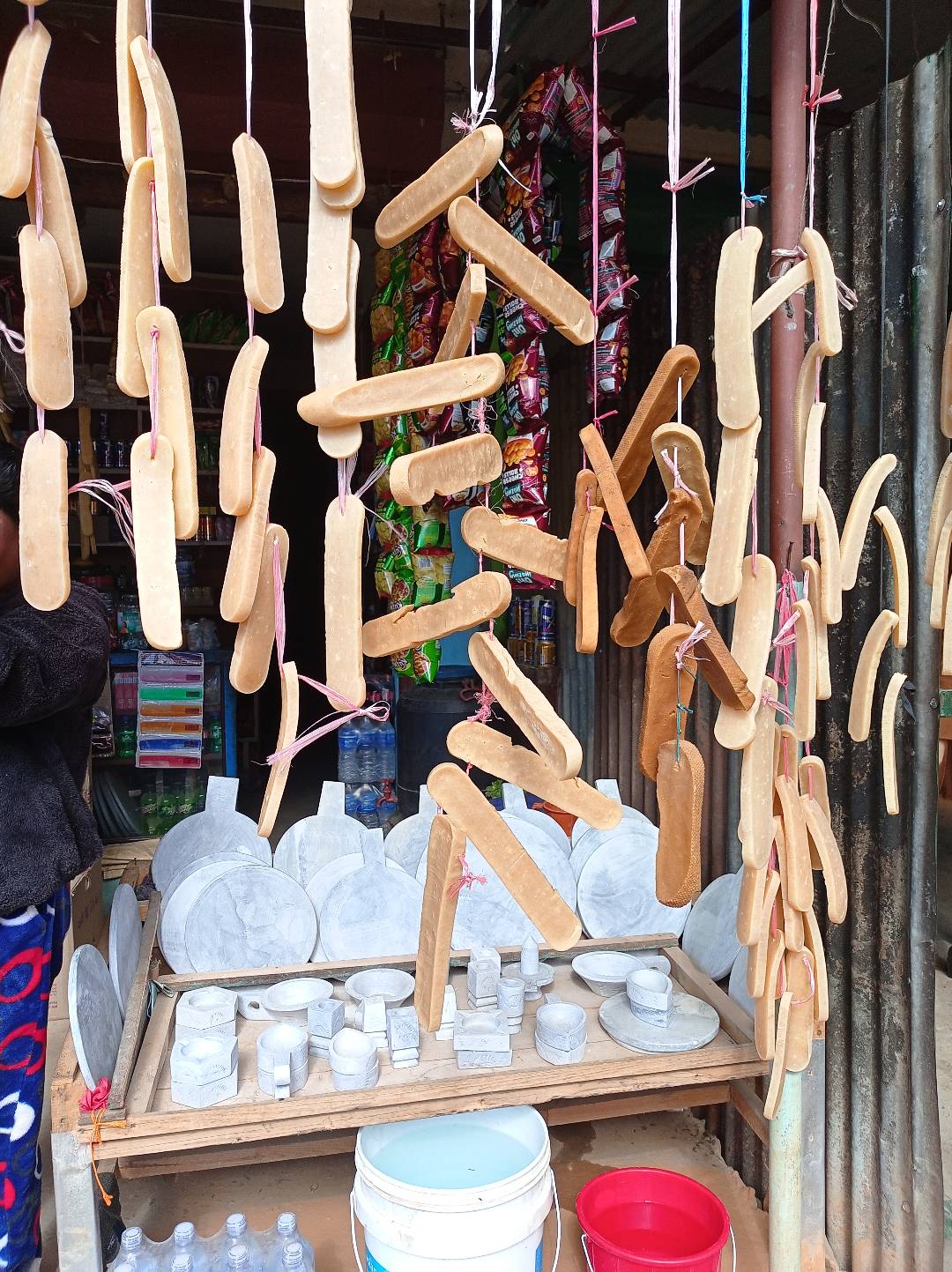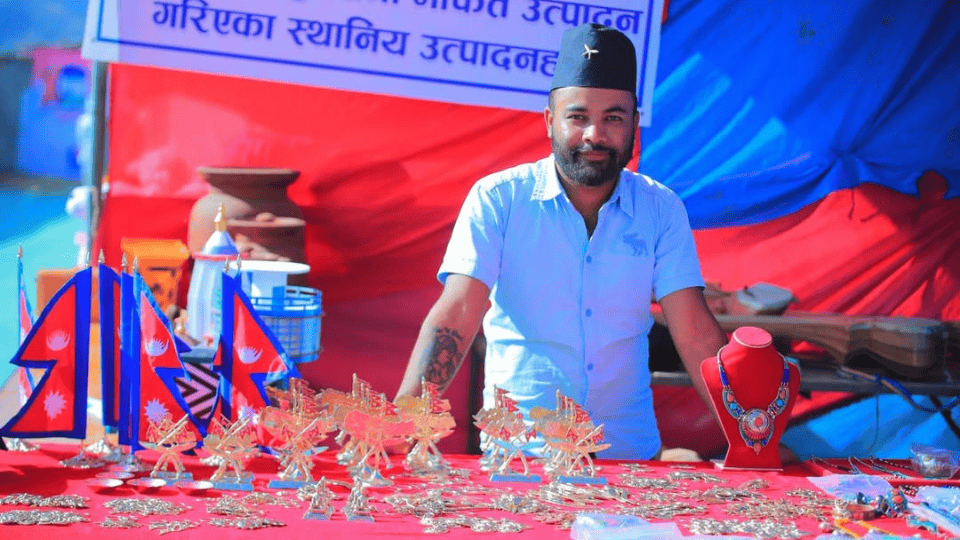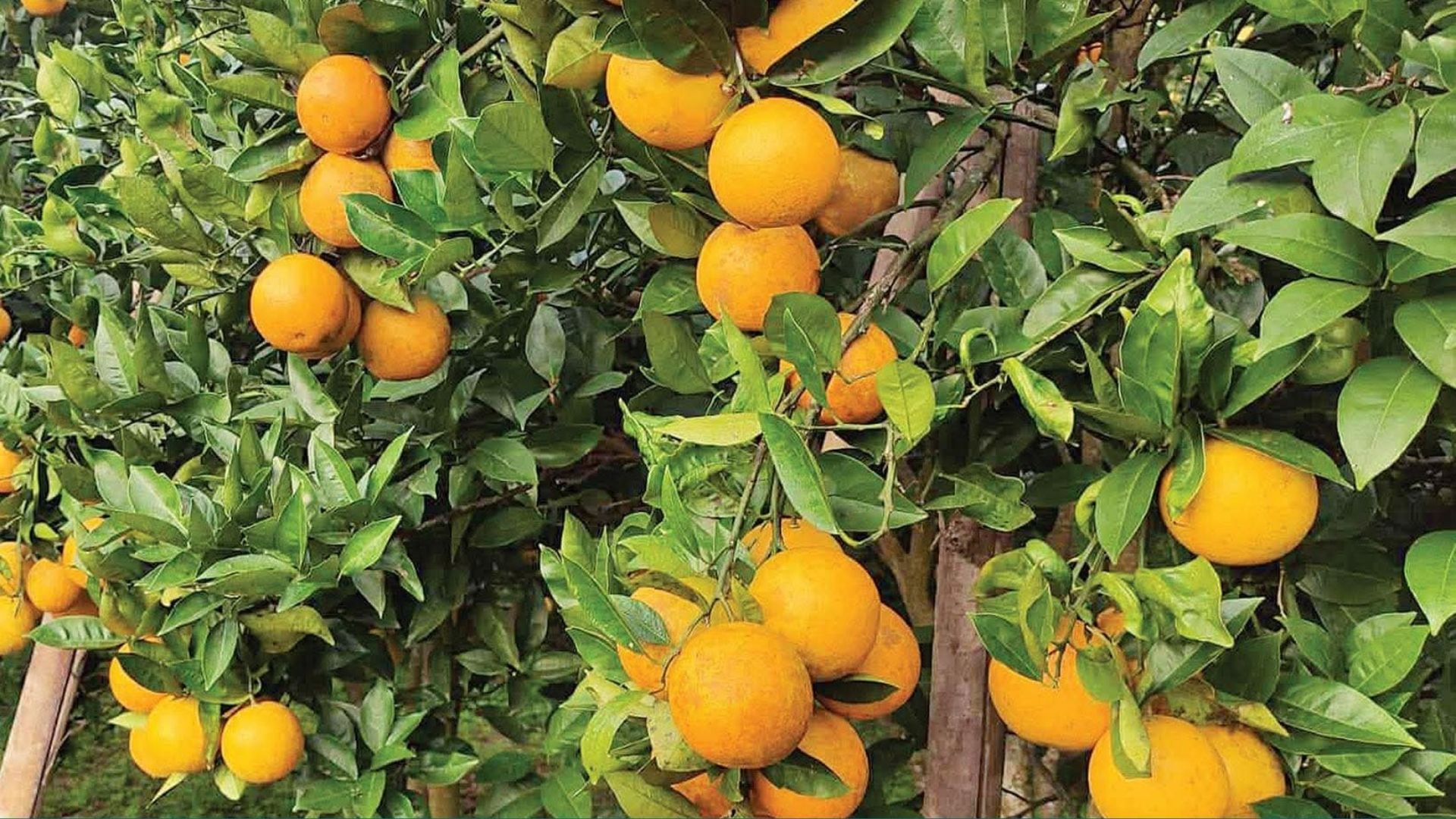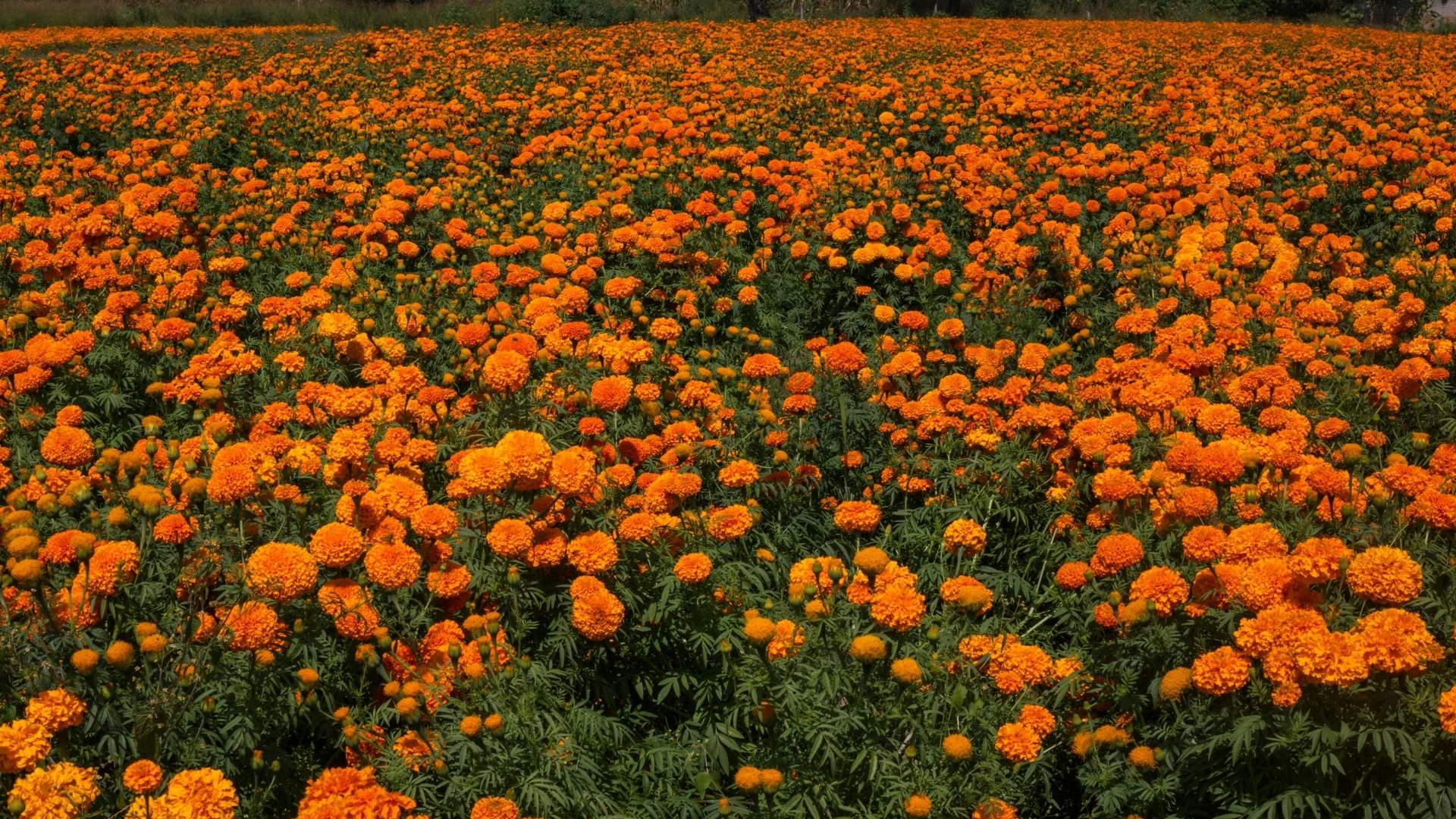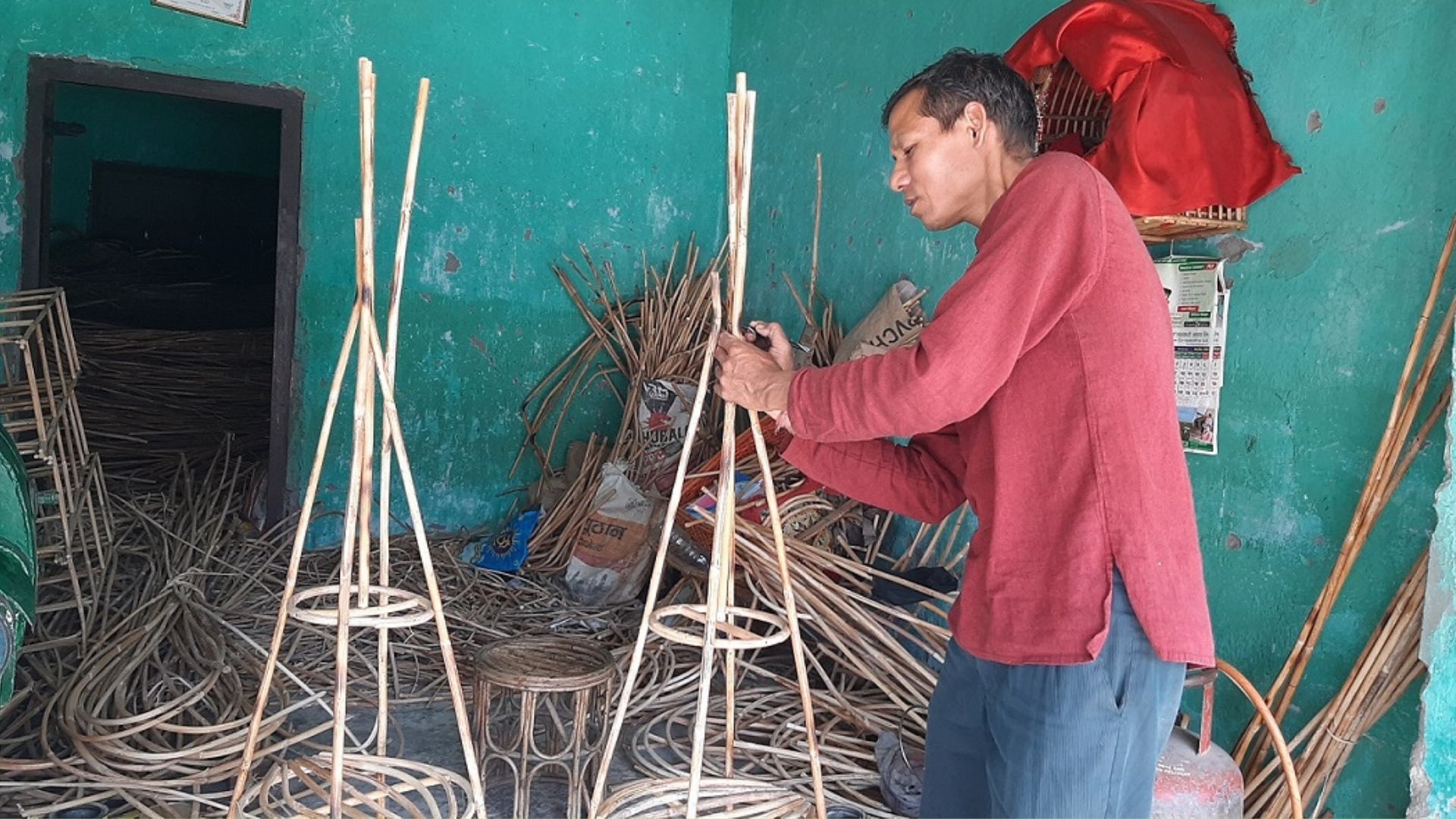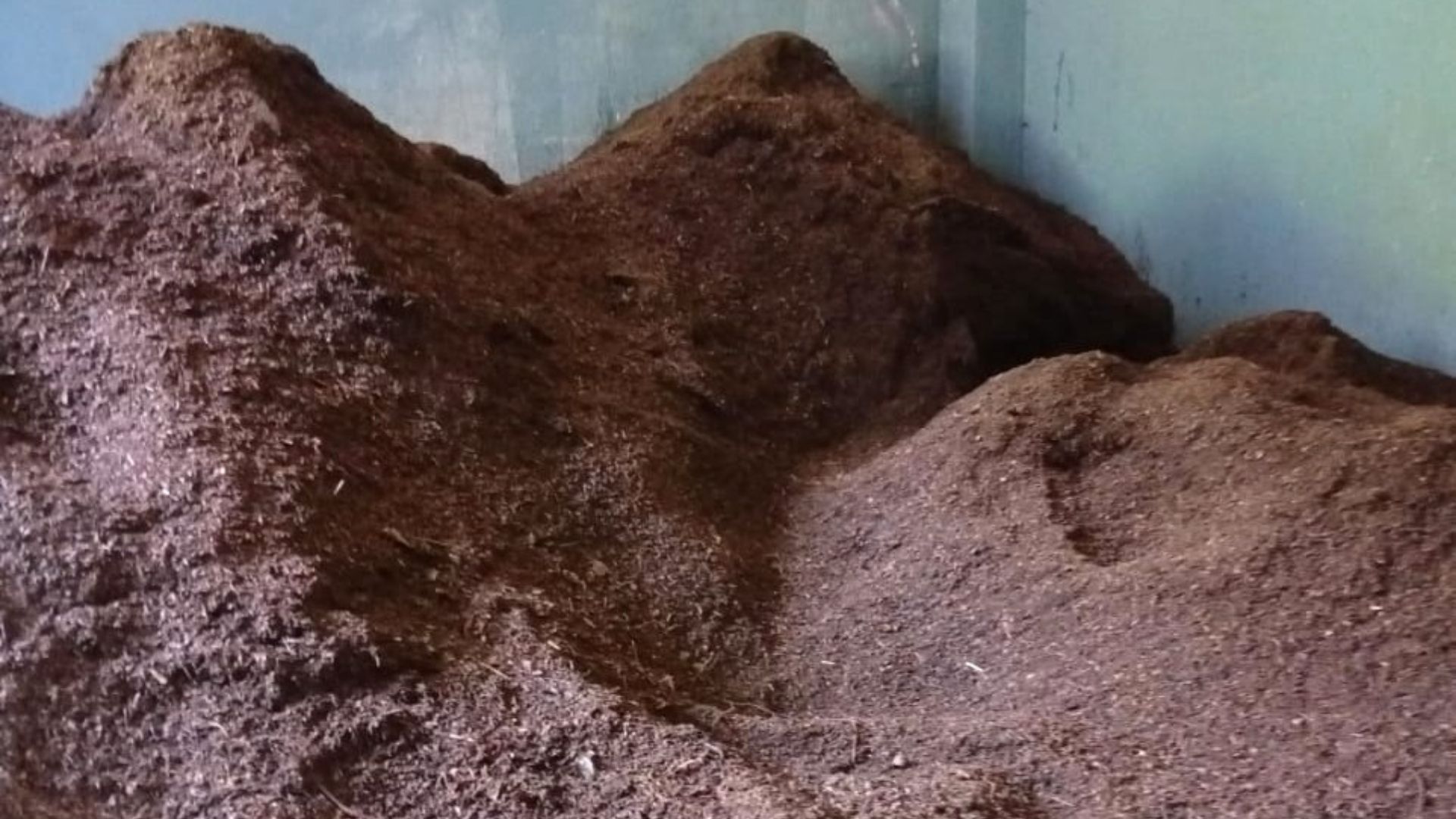Export of the world’s hardest cheese, Chhurpi, often called a Himalayan chewing gum, has soared in the six five fiscal years.
In the fiscal year 2021/22, Nepal exported Chhurpi amounting to Rs 2.91 billion while this fiscal year, the exports reached Rs 3.4 billion, out of which the export to the US market is Rs 2.4 billion (71.8%).
Apart from the US, other major export markets include Canada, Japan, UK, Hong Kong, Singapore, Korea, Brazil, Taiwan, France, Slovakia, Brazil, Finland, Belarus, Thailand, and Philippines.
In 2016/17, the export value was Rs 0.85 billion, which reached to Rs 3.4 billion in the last fiscal year, a growth of 311% in the last six fiscal years.

Chhurpi is usually produced in Nepal’s mountainous region by coagulating milk from yaks, chauris, cows, and buffaloes while Ilam has become a processing hub for the Chhurpi processing.
Chhurpi in both hard and soft forms are popular. The soft kind of Chhurpi is made using cow milk, whereas yak milk is typically used for the hard type. The hard variety can last up to 20 years or more if stored properly in the yak skin.
Hard Chhurpi from Nepal has gained popularity abroad as a dog chew. The demand for Chhurpi in the desired shapes and sizes from consumers globally has surged the price and its market in recent years.
Chhurpi produced for dogs and cats has less fat than Chhurpi consumed by people.
The international export potential of chhurpi was unleashed when two brothers, Suman and Sujan Shrestha, launched Himalayan Dog Chew products in the US in 2007 ‘who spent 4 years re-engineering the traditional ancient recipe by removing the lactose and fat content; creating a healthy, savory long-lasting chew for dogs’.
However, the industry isn’t without challenges — absence of storage and transportation facilities, restrictions on breed improvement and animal health and a lack of technical expertise about the production process.
The introduction of FMD-free zones in production centers, financial aid to farmers and business owners in the form of government subsidies, quality improvements to Chhurpi, and e-commerce trade are all likely to increase this product’s sales on international markets.


